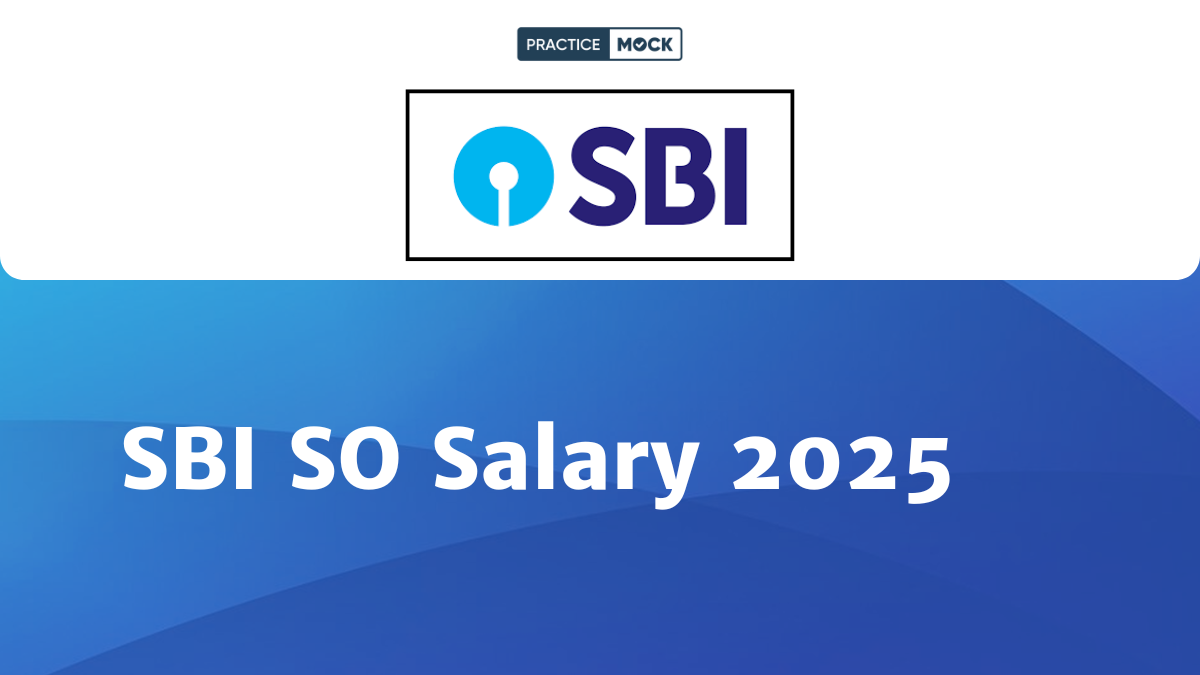Tips & Tricks to Solve Parajumbles Questions of IBPS Clerk


English section carries 30 marks with 30 questions in the IBPS Clerk exam. We hope that you are able to score maximum marks in this section. To help you in this, we have come up with tips & tricks to solve parajumbles which are frequently asked in the English section of the IBPS Clerk exam.
Parajumbles are one of the most common and challenging topics in the English section of the IBPS Clerk exam. Parajumbles are questions where a sentence or a paragraph is broken down into fragments and arranged in random order. The task is to rearrange the fragments in a logical and coherent way.
Parajumbles test your reading comprehension, vocabulary, grammar and logical reasoning skills. They also require you to pay attention to the context, connectors, pronouns and tenses of the sentences. Here are some tips and tricks to help you ace parajumbles questions in the IBPS Clerk exam.
IBPS Clerk 2023- Latest Pattern Mock Test- FREE
The Hindu Editorial Vocabulary- Download Free PDF – PracticeMock
Identify the topic sentence
The topic sentence is usually the first sentence of a paragraph that introduces the main idea or theme. It can also be the last sentence that summarizes or concludes the paragraph. Look for clues such as general statements, definitions, introductions or conclusions that indicate the topic sentence.
Identify the closing sentence
The closing sentence is usually the last sentence of a paragraph that wraps up the discussion or provides a transition to the next paragraph. It can also be the first sentence that sets the tone or context for the paragraph. Look for clues such as recommendations, suggestions, opinions, questions or contrasts that indicate the closing sentence.
Identify the connectors
Connectors are words or phrases that link two sentences or fragments logically. They can show addition, contrast, cause-effect, sequence, comparison or contrast. For example, words like and, but, however, therefore, moreover, etc. are connectors. Look for connectors that help you establish the relationship between the fragments.
IBPS Clerk 2023- Latest Pattern Mock Test- FREE
Identify the pronouns
Pronouns are words that replace nouns or noun phrases. They can be personal, possessive, demonstrative, relative or interrogative pronouns. For example, words like he, she, it, they, this, that, who, what, etc. are pronouns. Look for pronouns that help you identify the antecedents or referents of the fragments.
Identify the tenses
Tenses are forms of verbs that indicate the time and state of an action or event. They can be present, past or future tenses and can have simple, continuous, perfect or perfect continuous aspects. For example, words like is, was, will be, has been, etc. are tenses. Look for tenses that help you maintain consistency and chronology of the fragments.
Eliminate the options
Once you have identified the clues and applied the logic, you can eliminate the options that do not follow the rules or make sense. Look for options that have grammatical errors, illogical connections, mismatched pronouns or tenses or irrelevant information.
IBPS Clerk 2023- Latest Pattern Mock Test- FREE
Practice with mock tests
The best way to improve your parajumbles skills is to practice with mock tests, sectional tests that simulate the actual exam pattern and difficulty level. Mock tests will help you familiarize yourself with different types of parajumbles questions and improve your speed and accuracy.
Parajumbles are not as difficult as they seem if you follow these tips and tricks. With regular practice and revision, you can master parajumbles and score well in the IBPS Clerk exam.
Parajumbles Questions for Practice
Directions: Given below is a set of sentences, which when properly sequenced, form a coherent paragraph. Arrange the sentences in the correct sequence, and answer the questions.
P. When we are stressed, the respiratory system is immediately affected.
Q. This is more likely if someone is prone to anxiety and panic attacks.
R. It can also cause quick and shallow breathing, where minimal air is taken in, which can lead to hyperventilation.
S. Although this is not an issue for most of us, it could be a problem for people with asthma who may feel short of breath and struggle to take in enough oxygen.
T. We tend to breathe harder and more quickly in an effort to quickly distribute oxygen-rich blood around our body.
Question 1: Which of the following will be the FIRST sentence after rearrangement?
A) Q
B) R
C) P
D) T
E) S
IBPS Clerk 2023- Latest Pattern Mock Test- FREE
Question 2: Which of the following will be the SECOND sentence after rearrangement?
A) R
B) P
C) Q
D) T
E) S
Question 3: Which of the following will be the THIRD sentence after rearrangement?
A) Q
B) P
C) R
D) T
E) S
Question 4: Which of the following will be the FOURTH sentence after rearrangement?
A) R
B) Q
C) P
D) T
E) S
IBPS Clerk 2023- Latest Pattern Mock Test- FREE
Question 5: Which of the following will be the FIFTH (LAST) sentence after rearrangement?
A) S
B) Q
C) P
D) T
E) R
Solution 1: C)
PTSRQ is the final order. P begins the passage by telling us how stress affects the respiratory system. T describes these effects – we begin to breathe more heavily to distribute oxygen-rich blood around our body. S follows by telling us how heavy breathing is not an issue for most people but it could be for patients of asthma, who may struggle to take in enough oxygen. R builds further on this by telling us another effect of stress on the respiratory system – it can cause quick and shallow breathing, which can cause hyperventilation. Q concludes by telling us how this is more likely to happen to people prone to anxiety and panic attacks. Thus, (c) is the right answer.
Solution 2: D)
PTSRQ is the final order. P begins the passage by telling us how stress affects the respiratory system. T describes these effects – we begin to breathe more heavily to distribute oxygen-rich blood around our body. S follows by telling us how heavy breathing is not an issue for most people but it could be for patients of asthma, who may struggle to take in enough oxygen. R builds further on this by telling us another effect of stress on the respiratory system – it can cause quick and shallow breathing, which can cause hyperventilation. Q concludes by telling us how this is more likely to happen to people prone to anxiety and panic attacks. Thus, (d) is the right answer.
IBPS Clerk 2023- Latest Pattern Mock Test- FREE
Solution 3: E)
PTSRQ is the final order. P begins the passage by telling us how stress affects the respiratory system. T describes these effects – we begin to breathe more heavily to distribute oxygen-rich blood around our body. S follows by telling us how heavy breathing is not an issue for most people but it could be for patients of asthma, who may struggle to take in enough oxygen. R builds further on this by telling us another effect of stress on the respiratory system – it can cause quick and shallow breathing, which can cause hyperventilation. Q concludes by telling us how this is more likely to happen to people prone to anxiety and panic attacks. Thus, (e) is the right answer.
Solution 4: A)
PTSRQ is the final order. P begins the passage by telling us how stress affects the respiratory system. T describes these effects – we begin to breathe more heavily to distribute oxygen-rich blood around our body. S follows by telling us how heavy breathing is not an issue for most people but it could be for patients of asthma, who may struggle to take in enough oxygen. R builds further on this by telling us another effect of stress on the respiratory system – it can cause quick and shallow breathing, which can cause hyperventilation. Q concludes by telling us how this is more likely to happen to people prone to anxiety and panic attacks. Thus, (a) is the right answer.
IBPS Clerk 2023- Latest Pattern Mock Test- FREE
Solution 5: B)
PTSRQ is the final order. P begins the passage by telling us how stress affects the respiratory system. T describes these effects – we begin to breathe more heavily to distribute oxygen-rich blood around our body. S follows by telling us how heavy breathing is not an issue for most people but it could be for patients of asthma, who may struggle to take in enough oxygen. R builds further on this by telling us another effect of stress on the respiratory system – it can cause quick and shallow breathing, which can cause hyperventilation. Q concludes by telling us how this is more likely to happen to people prone to anxiety and panic attacks. Thus, (b) is the right answer.
Follow us on Instagram for all the latest updates.
Recent Posts
SSC CGL Question Paper Free PDF Based On Previous Year
This blog has provided the SSC CGL Question Paper Free PDF Based On Previous Year.…
How to Choose the Right Course for RBI Grade B Exam Preparation
Confused about RBI Grade B prep courses? Discover 5 smart tips to choose the best…
IBPS RRB Clerk 2025 Quant Important Questions, Download Free PDF
In this article we are providing the IBPS RRB Clerk 2025 Quant Important Questions. candidate…
Habits That Helped RBI Grade B Toppers Succeed
RBI Grade B toppers share the habits that helped them succeed. Master these simple routines…
Who Earns More, an RBI or IAS?
Learn the real difference in RBI and IAS salaries. A clear, honest comparison to help…
SSC CGL 2025 Study Plan for Working Professionals
In this blog, we have provided the SSC CGL 2025 Study Plan for Working Professionals.…



